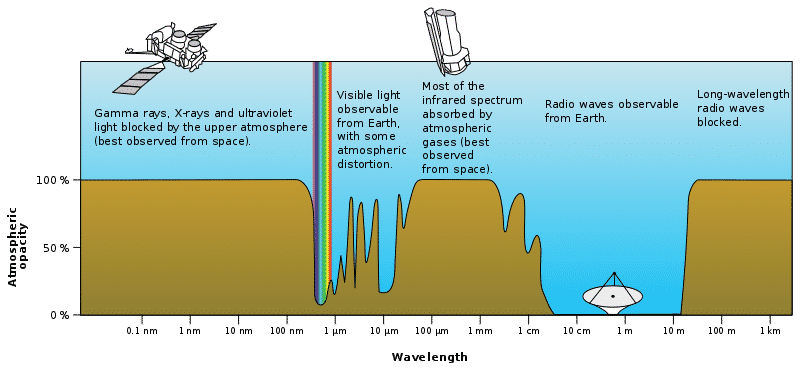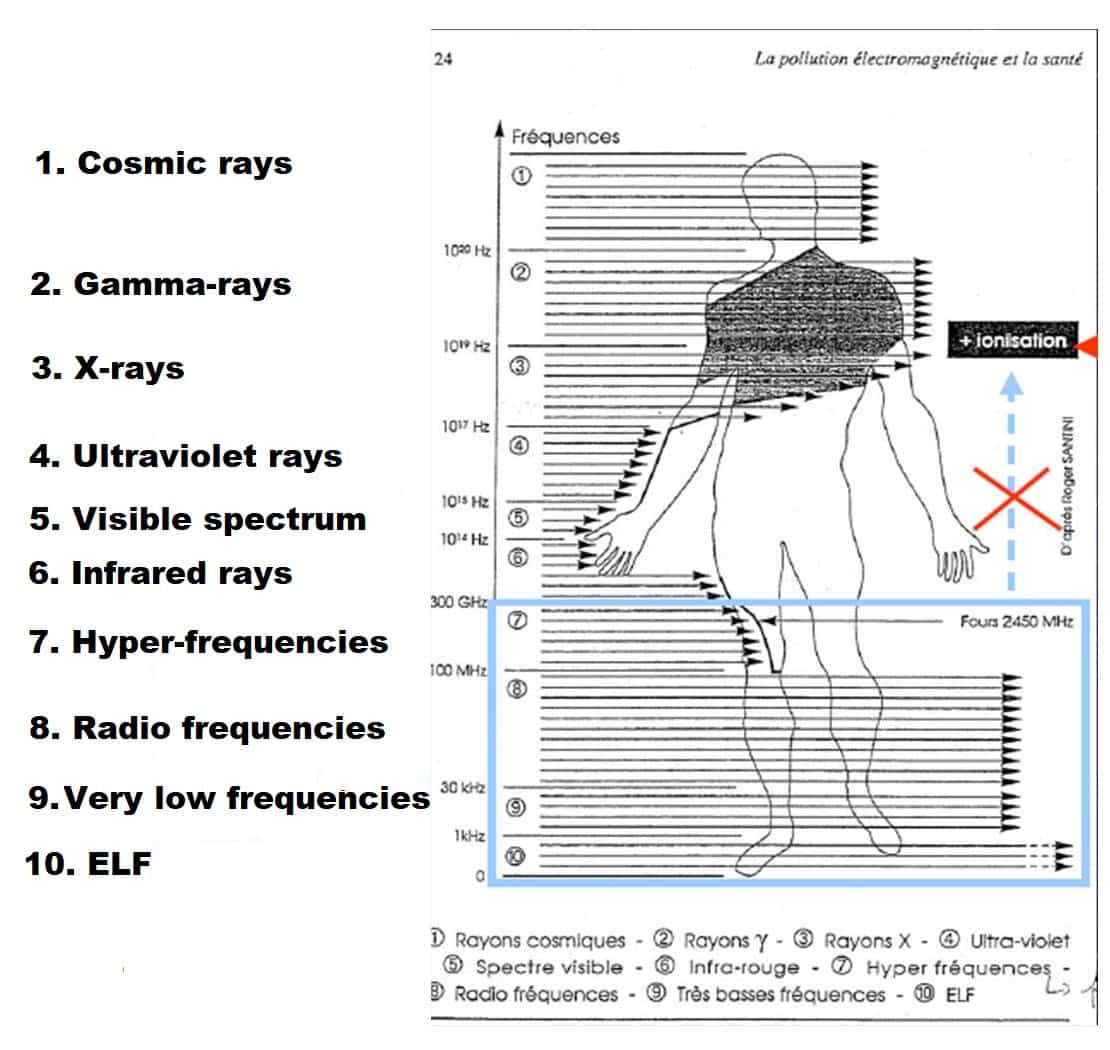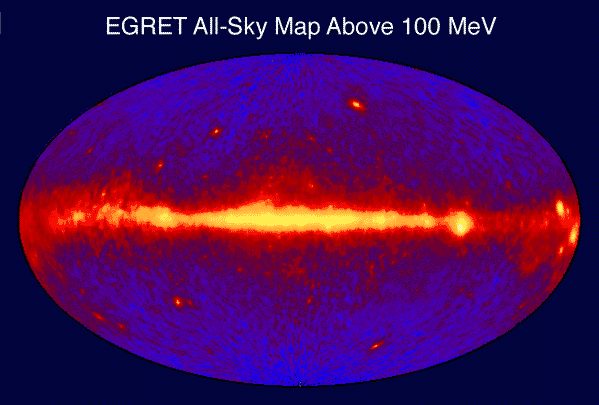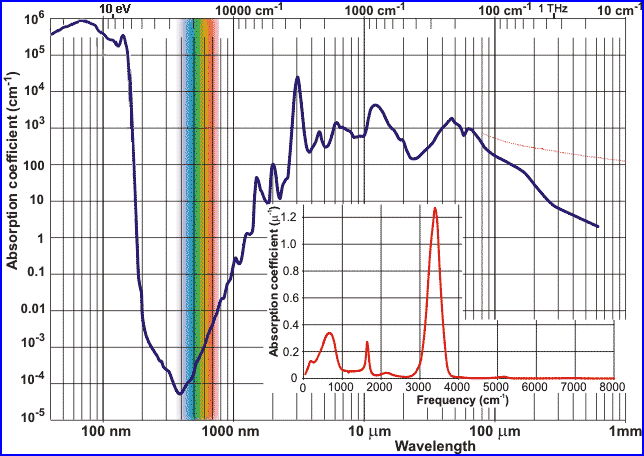Depending on their wavelengths, the frequencies and energies of the electromagnetic waves vary. Some of them are even harmful for life.
This blog post explains some basic phenomena that the visible spectrum causes. It also answers some 'What-If' questions we all might have had at some point in time.
The Visible spectrum
The light we see is known as visible light. It has wavelengths ranging from 740 nm to 380 nm approximately and is divided into 7 regions - VIBGYOR.
Why can we see only visible light?
Visible light played a great role in our evolution, helping us recognize the prey and enemy correctly. Our atmosphere blocks most of the electromagnetic waves other than visible light and radio waves (look at the picture below).

Atmospheric opacity (absorption) vs Wavelength of EM waves
Picture credits
Only visible light can penetrate water and propagate through it for a certain distance, the earliest life forms probably evolved the ability to see visible light, to survive underwater. Since life moved from water to land, we probably got the ability from these organisms.
The retinas in our eyes have three primary color receptors - Red, Green, and Blue. Hence, we are more sensitive and responsive to these three colors than other colors. With these three receptors, we can see a million shades of color.
But wait...
What would happen if we could see other electromagnetic waves?
Read on, to find out.
What would happen if you could see only radio waves?
If our eyes could see only radio waves, we wouldn't see small objects because they have long wavelengths and pass through small objects but not reflected by them. Since we only see the color reflected by an object, smaller objects would have become invisible to us.
As you can see in the picture below, radio waves pass through the human body completely. So, if we were to see only radio waves, we wouldn't be able to see fellow human beings, because the human body cannot reflect radio waves.

Different EM waves passing through body. Arrow depicts the depth to which they each wave penetrates through body. Picture credits
What would happen if you could see only microwaves?
Since microwaves are emitted by dustclouds that give birth to stars, if you look up at the sky, it would be too bright for you, because of the light from Big Bang coming at us from all angles.
Objects that emit microwaves, like microwave ovens, GPS, Wi-Fi, traffic speed cameras, etc would also appear too bright for us. On the other hand, we may not be able to see other humans because microwaves pass through people without being reflected.
What would happen if you could only see infrared?
If you could see only infrared, you would only be able to see temperatures, not colors. Most of the features of objects will be missing, and for example, you may not be able to see a person's eyes, nose, mouth, etc. Hotter objects would look brighter.

Infrared image of a man holding a plastic cover.
Picture credits:NASA/JPL-Caltech/R. Hurt (SSC)
What would happen if you could only see UV light?
If we could see only ultraviolet light, you could see a lot of things that you see now. But, it could have damaged our eyes.

UV light portrait - wavelengths from 335 to 365 nm.
By Spigget - Own work, CC BY-SA 3.0, Link
What would happen if you could only see X-rays?
We won't be able to see X-rays because the earth's atmosphere blocks out all X-rays coming from space. If our eyes could only see X-rays, we wouldn't be able to see the outer surface of objects.

X-ray of a person's hand while using a mouse
For example, if you saw a human, you would most probably see his bones; however, when you touch him, you would be able to touch his skin. Your eyes would ignore critical information needed to identify a person/object, For example, judging distances while driving.
More importantly, if something was too bright for you to see, you won't be able to block it by closing your eyelids.
What would happen if you could only see gamma rays?
Our atmosphere blocks almost all gamma rays coming from space, and radioactive materials are the only objects that can emit gamma rays on earth.
So, if we could see only gamma rays, other than radioactive materials, we wouldn't have been able to see anything else. If you look at people, you would see nothing because they can even pass through bones.

Greater gamma rays' image of entire sky from the CGRO spacecraft.
By NASA - http://heasarc.nasa.gov/ docs/cgro/images/epo/ gallery/skymaps/sky_egret.gif (http://heasarc.nasa.gov/ docs/cgro/images/epo/ gallery/skymaps/index.html), Public Domain, Link
What would happen if you could see everything?
If you could suddenly see all the light waves, there would be so much light everywhere that it would be too difficult to see anything at all. But, more importantly, your brain would be bombarded with too much information all of a sudden, that could confuse your brain. In the worst-case scenario, you would either go blind and not see anything at all, or see everything, go into shock and die.
Besides making it possible to perceive objects, visible light has other applications. Analyzing the color emitted by various objects and phenomena has helped us understand these objects and phenomena better.
Why does the sky appear blue?
The sky appears blue because the blue light is scattered more by the Nitrogen and Oxygen molecules in the atmosphere than other colors.
What is scattering?
Light waves are electromagnetic waves. They are composed of oscillating (rapidly moving up and down) electric and magnetic fields.
When these waves come in contact with the Nitrogen and Oxygen molecules in the atmosphere (made of 78% Nitrogen and 21% Oxygen), they excite the electrons of these molecules (charged particles start moving when exposed to an electric field), which start moving rapidly. In turn, these excited electrons emit electromagnetic waves of the same frequency and return to their normal state. This process is called scattering.
According to Rayleigh's scattering, when the wavelength of the waves is several times higher than the size of the scattering particle, scattering increases with frequency. Since the size of Nitrogen and Oxygen molecules are close to 300 pm and visible light has a wavelength of 380 nm - 740 nm, higher frequencies of the visible light are scattered more. Hence, Blue light is scattered more than red light giving the sky blue color.
Why does the sky not appear Violet if Violet has a higher frequency than Blue color?
Even though violet light has a higher frequency than blue light, since the sun sends less violet light than blue light, blue light gets scattered more. Moreover, our eyes are more sensitive to blue light than violet light. Hence, the sky does not appear violet.
Why does the sky appear red at sunrise and sunset?
During sunrise and sunset, the sunlight has to travel longer distances through the atmosphere to reach our eyes. During this time, most of the blue light has already scattered, leaving only red light to be scattered. Therefore, the sky appears red at sunrise and sunset.
Why does seawater appear blue in color?
In the visible spectrum, (as you can see in the picture below) high wavelengths are absorbed more by water than lower wavelengths, i.e., red, yellow, and green lights are absorbed more than blue light. In other words, blue light is reflected more than the other colors. So, the sea appears blue in color.

Absorption in water vs. wavelength of EM waves
Picture credits - http://www1.lsbu.ac.uk/water/water_vibrational_spectrum.html
However, this is not always true. If there are particles in the water, these particles may absorb some other colors and reflect others, giving the water a color other than blue. For example, in places where there are a lot of Algae, the water appears green in color.
Applications of visible spectrum
Determining the temperature of a star
The color emitted by a star tells us a lot about its temperature. As the temperature of a star increases, the higher its energy and the lower the wavelength of light waves emitted by it. So, a star that burns Blue is hotter than a star that burns Yellow (Sun - 6,000 K), which is hotter than a star that burns Red.

Weather forecasting
By feeding the infrared and visible light images of the earth, made by satellites, as inputs to weather prediction models, scientists can forecast weather effectively.
VLC
VLC (Visible Light Communication) is a mode of communication in which LEDs (and other sources of visible light) are used to transfer data with high speeds over short distances (up to 2 km).
Photosynthesis
Photosynthesis, which is essential for the survival of most life on earth, would have been impossible without visible light.
If you liked this blog post on visible spectrum, the following blog posts might interest you too:
